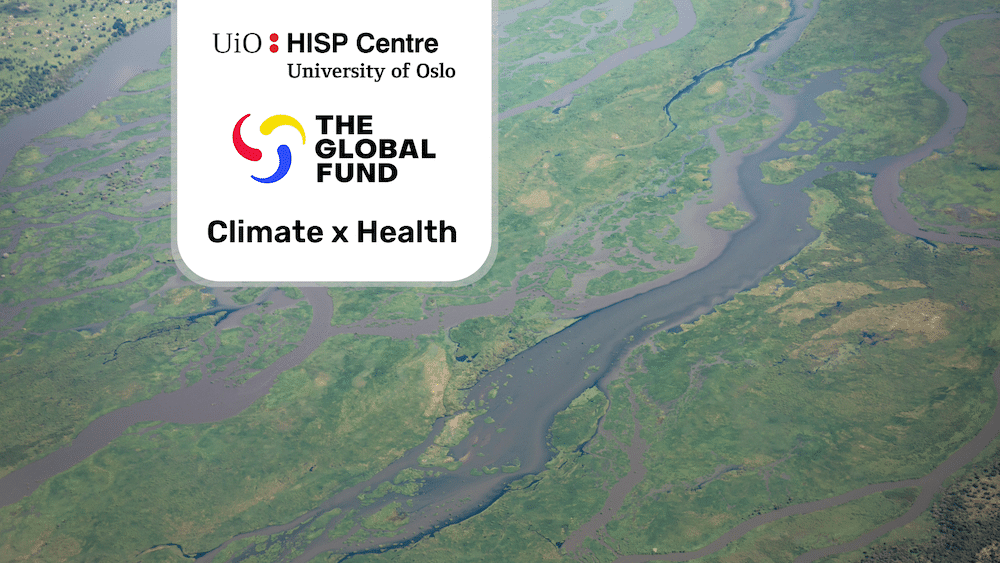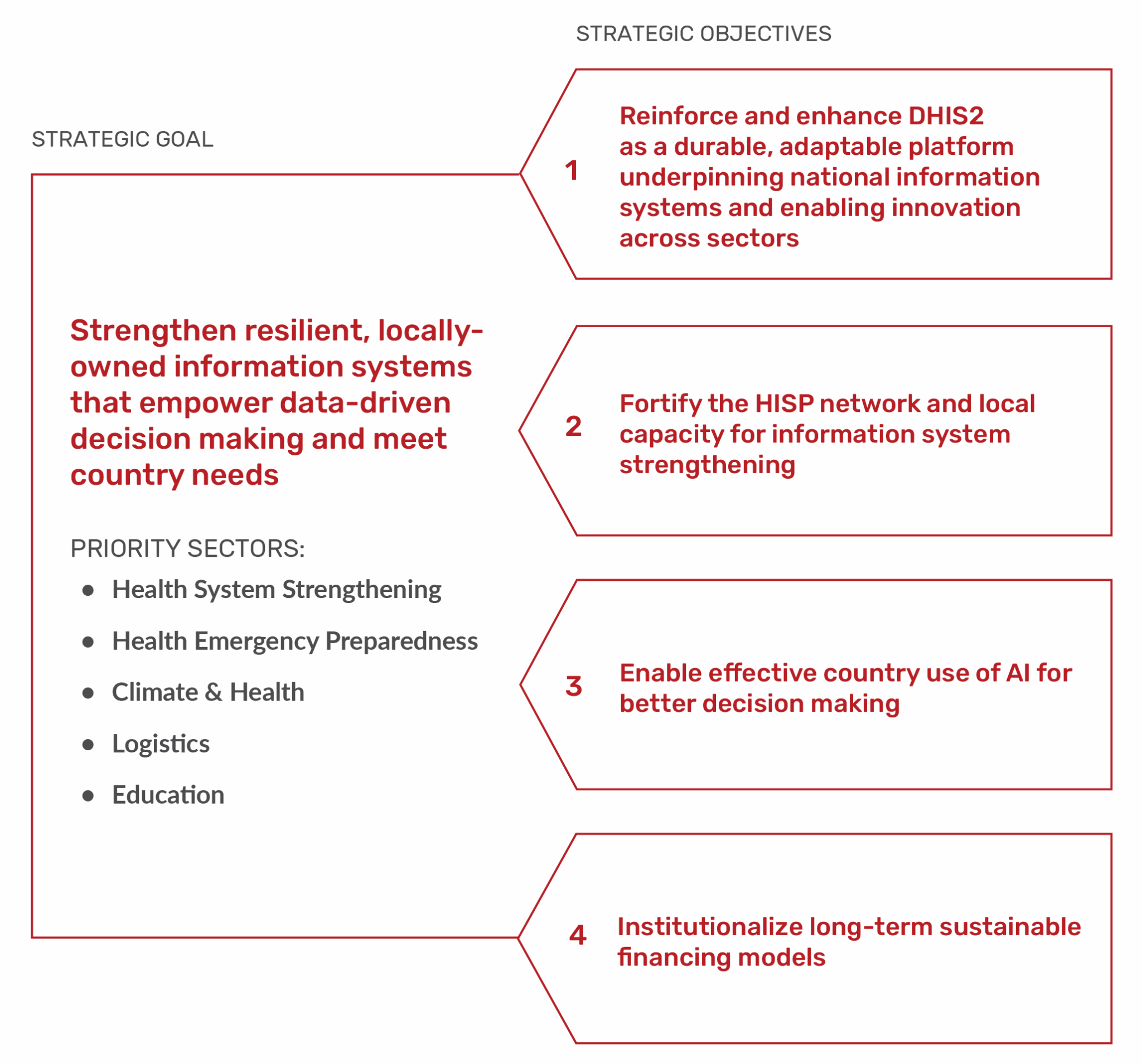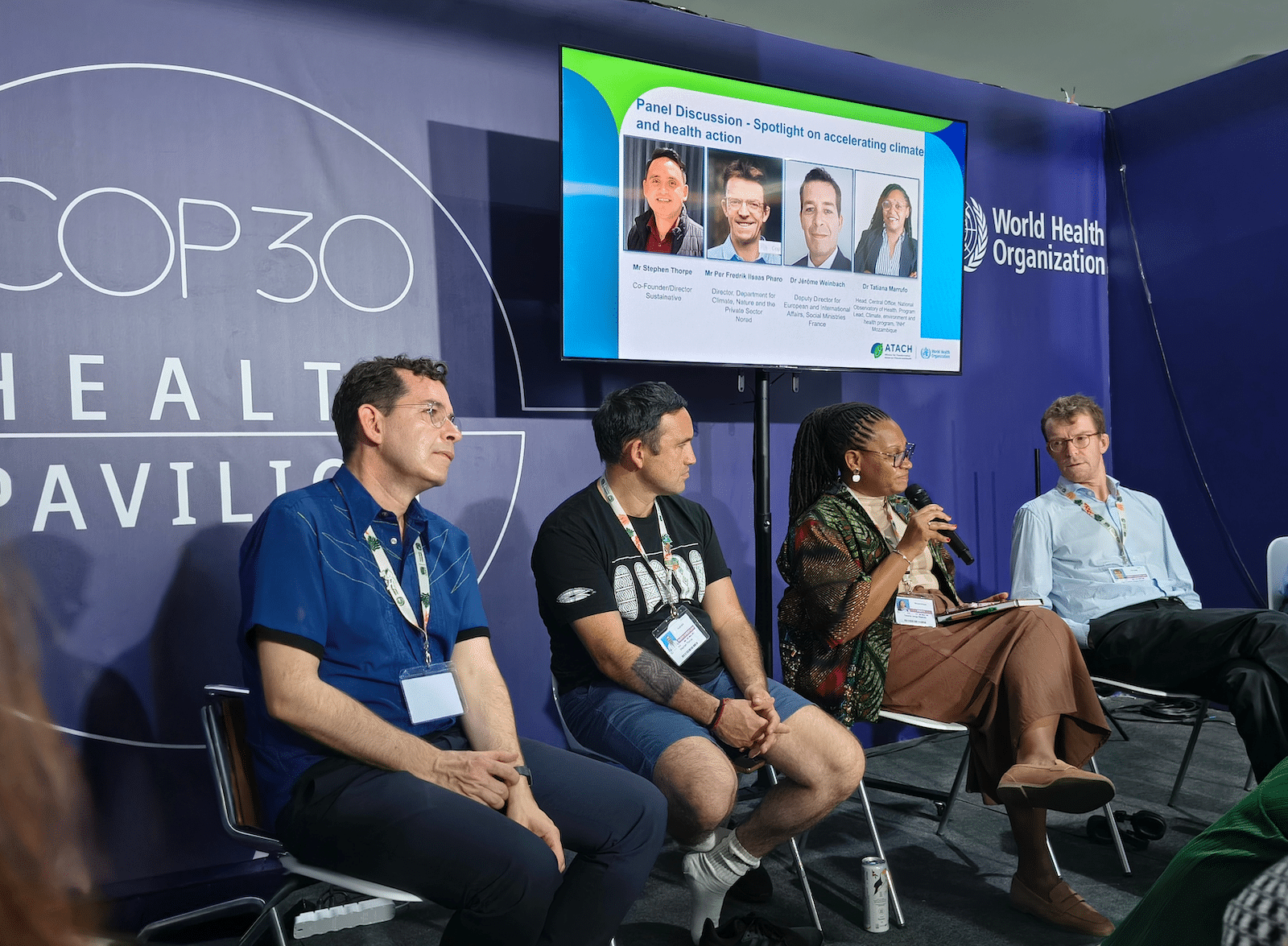
HISP Centre and World Diabetes Foundation Partner to Strengthen Digital Tools for NCDs
Collaboration will leverage DHIS2 and global partnerships to improve diabetes surveillance and data use in national health systems in low- and middle-income countries
The HISP Centre at the University of Oslo (HISP UiO) and the World Diabetes Foundation (WDF) have signed a strategic agreement to enhance routine health information systems in low‑ and middle‑income countries, with a focus on diabetes and related non-communicable diseases (NCDs). The partnership combines WDF’s commitment to improving diabetes care with the HISP Centre’s expertise in developing and implementing the open-source DHIS2 software as a digital public good.
This four‑year initiative aims to strengthen the capacity of Ministries of Health to collect, share, and use high-quality NCD data through DHIS2. The project will expand DHIS2’s Health Data Toolkit to include standardized reference metadata, Tracker modules, dashboards, and technical guidance for diabetes, hypertension, asthma, and chronic respiratory disease. The project team will enhance interoperability by developing FHIR‑based tools that enable data exchange between DHIS2 and other systems such as electronic medical records and lab platforms.
“For us, from the World Diabetes Foundation, we are really thrilled and actually honored to come on board in this partnership with the HISP Centre,” said Jackie Ogutu, head of Digital Health at the World Diabetes Foundation during an interview in Oslo. “We’ve been working to strengthen health systems within diabetes and hypertension and related NCDs for 22 long years, and more than ever, we see the value of digital health solutions helping to scale our impact. So for us, it just makes sense to invest in digital health solutions.”
Professor Kristin Braa, the director of the HISP Centre, echoed Ogutu’s sentiments and added that this new partnership will enable NCD work across the global HISP network. “We’re very, very happy that we can now fuel the network of 25 HISP groups that can learn from the NCD work,” Braa said. “There’s a huge demand for this kind of work, but a serious lack of data.”
A growing number of countries have already begun using DHIS2 for NCDs and are seeing significant results. For example, the NCD tracker in Rwanda has helped increase the NCD screening rate of the target population from only 30% to more than 91% in the first two years, while using DHIS2 for hypertension screening in Nigeria has drastically reduced the time it takes for doctors to carry out and record screening data and facilitated better patient follow up.
The resources from this collaboration will enable the HISP network to help countries close that data gap. The standardized DHIS2 tools and solutions that the HISP Centre will develop and share, combined with capacity building through DHIS2 Academies, online training, and in-person HISP support, will make it easier for countries to begin collecting NCD data in DHIS2 and using it to support better service delivery and patient outcomes.
This partnership reflects a shared commitment by the HISP Centre and the World Diabetes Foundation to support better health outcomes through digital innovation—especially for the people and communities most affected by the growing burden of NCDs.


